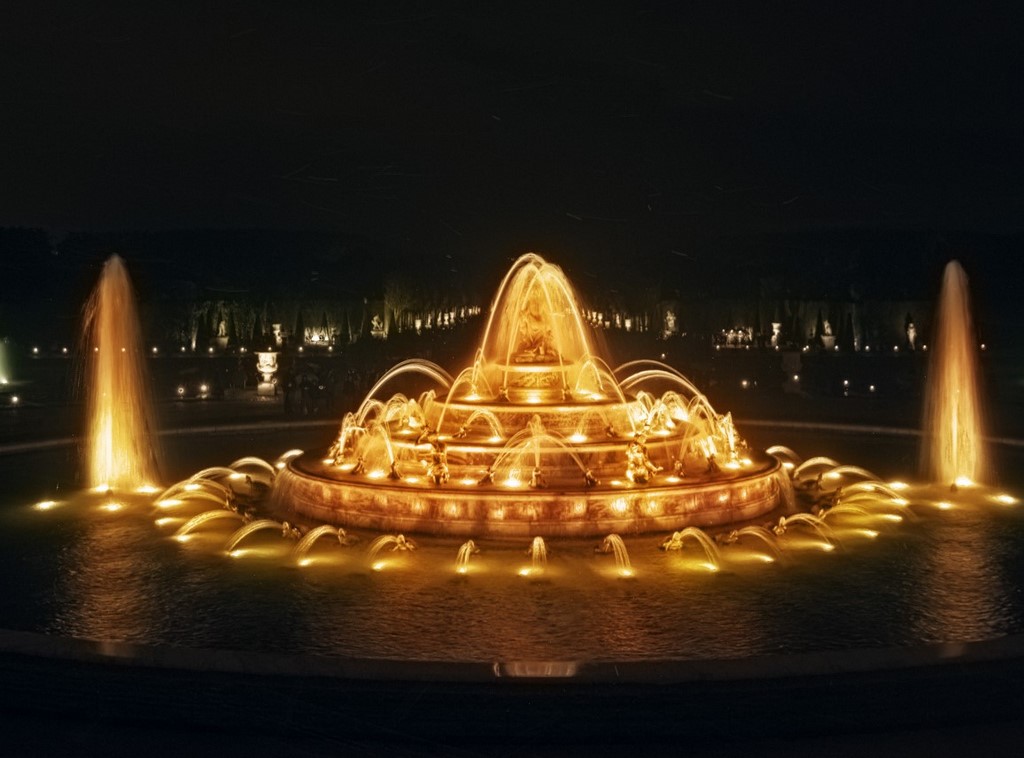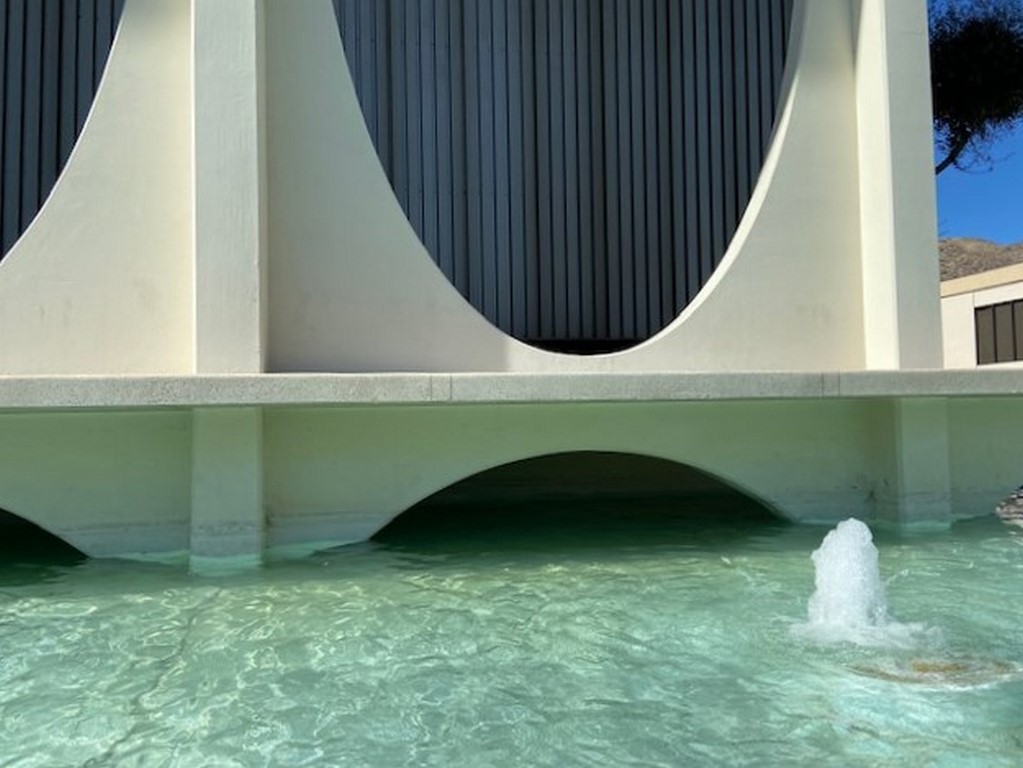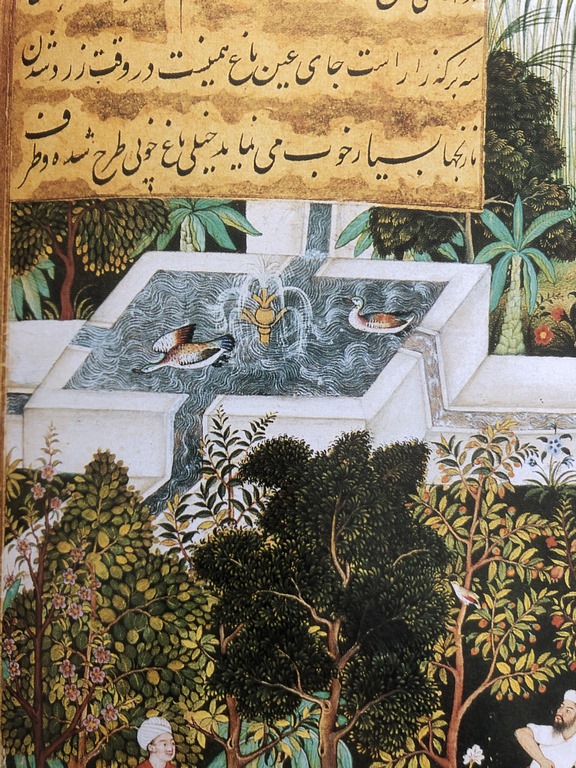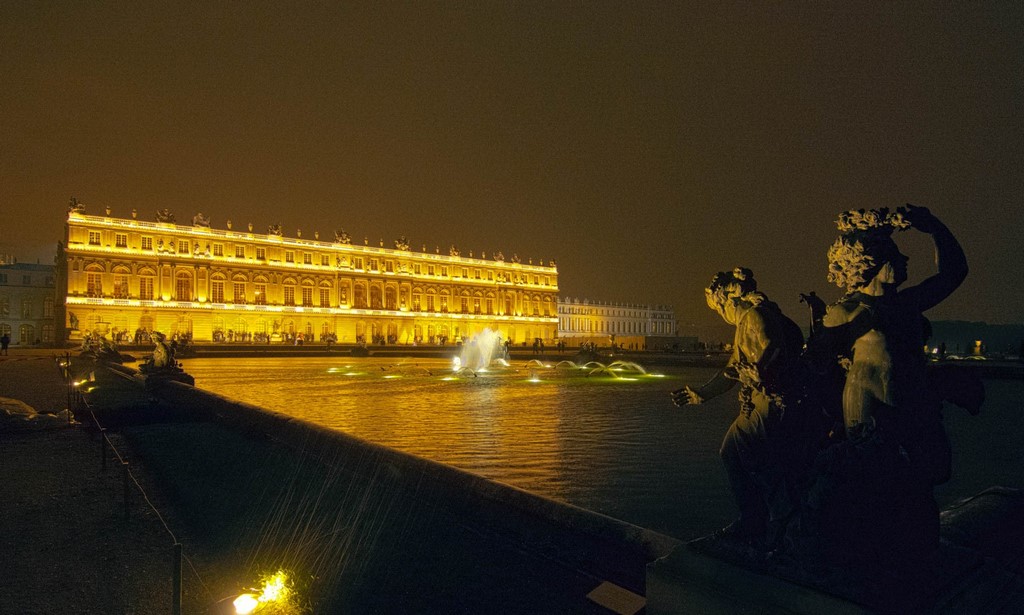Article Title
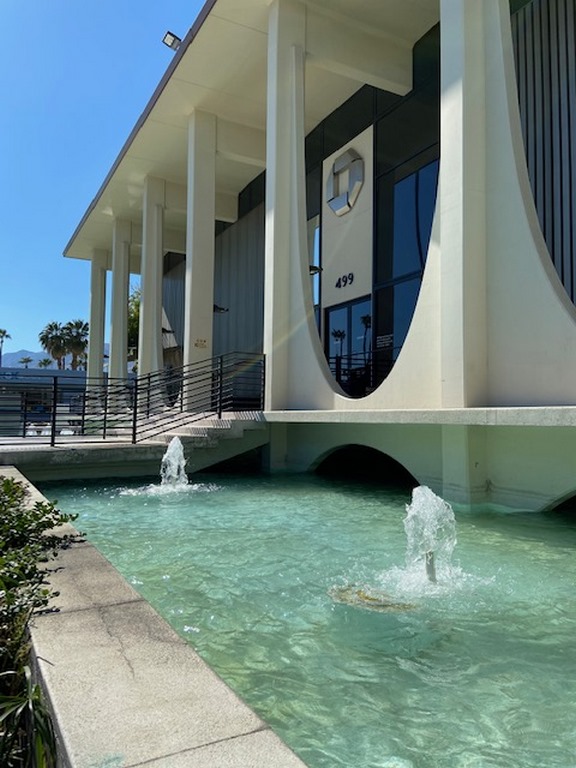
The notion that water can be used to treat physical problems and conditions is not new. In fact, when you study the history of watershaping and aquatic design, one of the first things you learn is that the ancient Romans might actually have had a better grip on the healing and nurturing powers of water than we ever will.
By Eric Herman
The notion that water can be used to treat physical problems and conditions is not new. In fact, when you study the history of watershaping and aquatic design, one of the first things you learn is that the ancient Romans might actually have had a better grip on the healing and nurturing powers of water than we ever will.
The project described in this article stands as one our most dramatic explorations of the curative power of water to date.
The pool, spa and surrounding facility were conceived to facilitate physical therapy for a young boy who had been partially paralyzed since birth. Our work with him, his therapists and his family ultimately taught us a great deal about the human body and the way it responds to exercise and movement in water.
In our own work in designing and installing environments that nurture the spirit and invigorate the body, we pursue that Roman heritage as best we can – and always keep water in mind as a key component.
More important still, this young man would truly capture our hearts with his winning smile, acute mind and unflagging spirit.
SPECIAL DELIVERY
In working with the boy and his family, we became intimately familiar with his physical condition. We were never told (and didn’t feel comfortable asking) about the cause. But it didn’t matter much anyway, because by the time we came to know him and his family, he was eight years old and everyone’s attention was trained on ways to help him in the here and now – and he was indeed making progress.
By the time we met him, in fact, he was somewhat able to maneuver on his own with a walker. This achievement was the result of long years in which therapists had been retraining and stimulating his neuromuscular system through intensive exercise of the muscles in warm water. The warmth of the water, hydrotherapy massage and muscle stimulation were intended to encourage the transfer of electrical signals in his neural pathways, with the hope that this would open up those pathways to a more normal routing and use of his body’s “control systems.”
At first, we thought this was only a hope or dream, but as we worked with the therapists, studied the young boy’s capabilities and observed the results, we began to understand the theories – and to believe wholeheartedly that his dream of gaining strength and mobility could one day become reality.
Our assignment and challenge was to design and construct a building that would house a pool and hydrotherapy environment along with a variety of special interior facilities that would accommodate the boy’s unique capabilities, requirements and potentials. It was also critical for the environment to be non-institutional, warm and nurturing – and to allow him to be as independent as possible.
From start to finish, details were to be dictated by careful observation of his physical actions and anticipation of his future development and needs. With a master’s degree in education and a particular focus on “special needs” children, Suzanne took the lead on this research from the outset. We also met frequently with his therapists and the boy either at his home or in a rented pool facility where he had originally started with the early stages of hydrotherapy.
WATCHING CAREFULLY
For a time, we simply watched as the therapists worked with the child and helped him perform mostly simple activities in and around the pool and deck. We took copious notes, recording the way he maneuvered in and out of the water, how far he could reach, what his limits were with respect to extending his arms and legs, and how he reacted to things that were happening to him in the water.
We posed many questions to his therapists, exploring a range of “what if” scenarios: What if, for example, he could grab something like the pool coping with his small hands, arms stretched out, and then push himself away from or pull himself toward the wall? What if all devices we made available were of push/pull rather than twist/turn configuration? And what if he accidentally fell into the pool? Would his coordination, strength and capabilities allow him to get out by himself?












